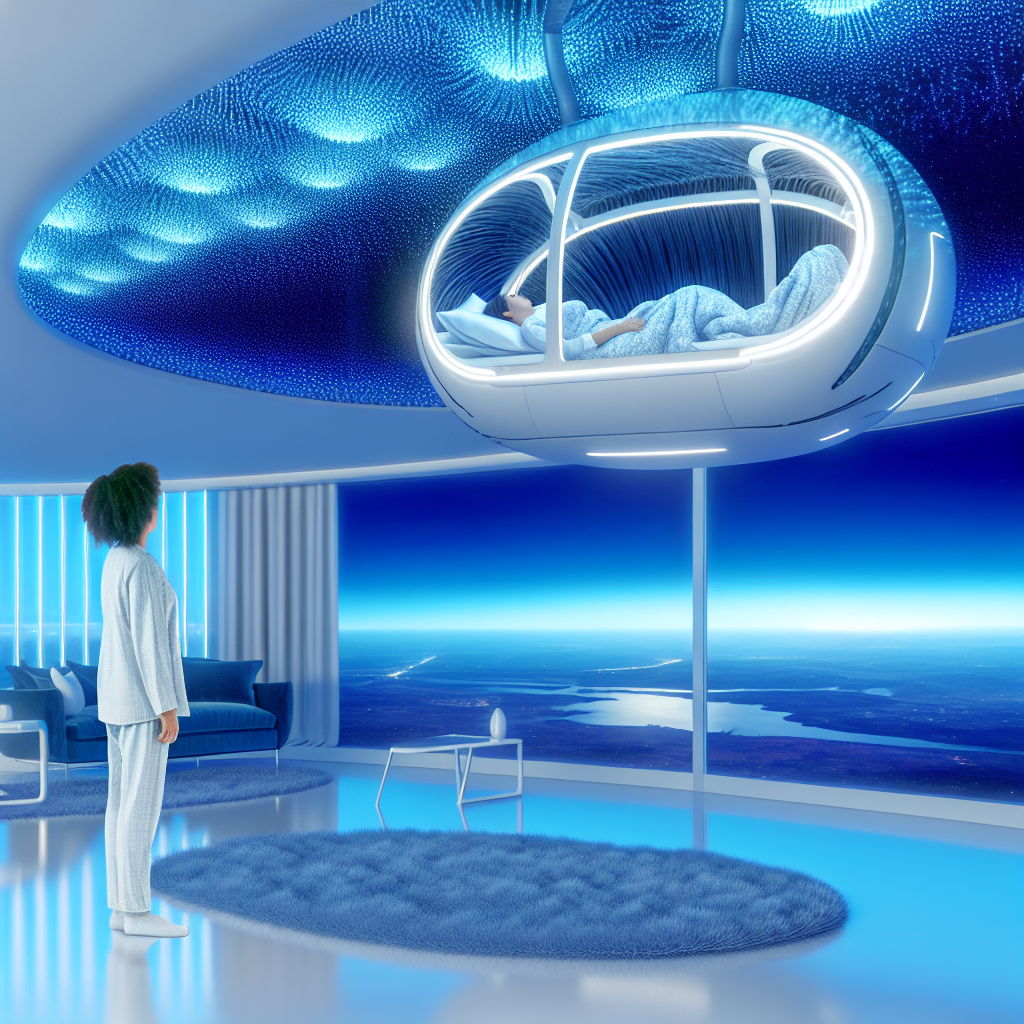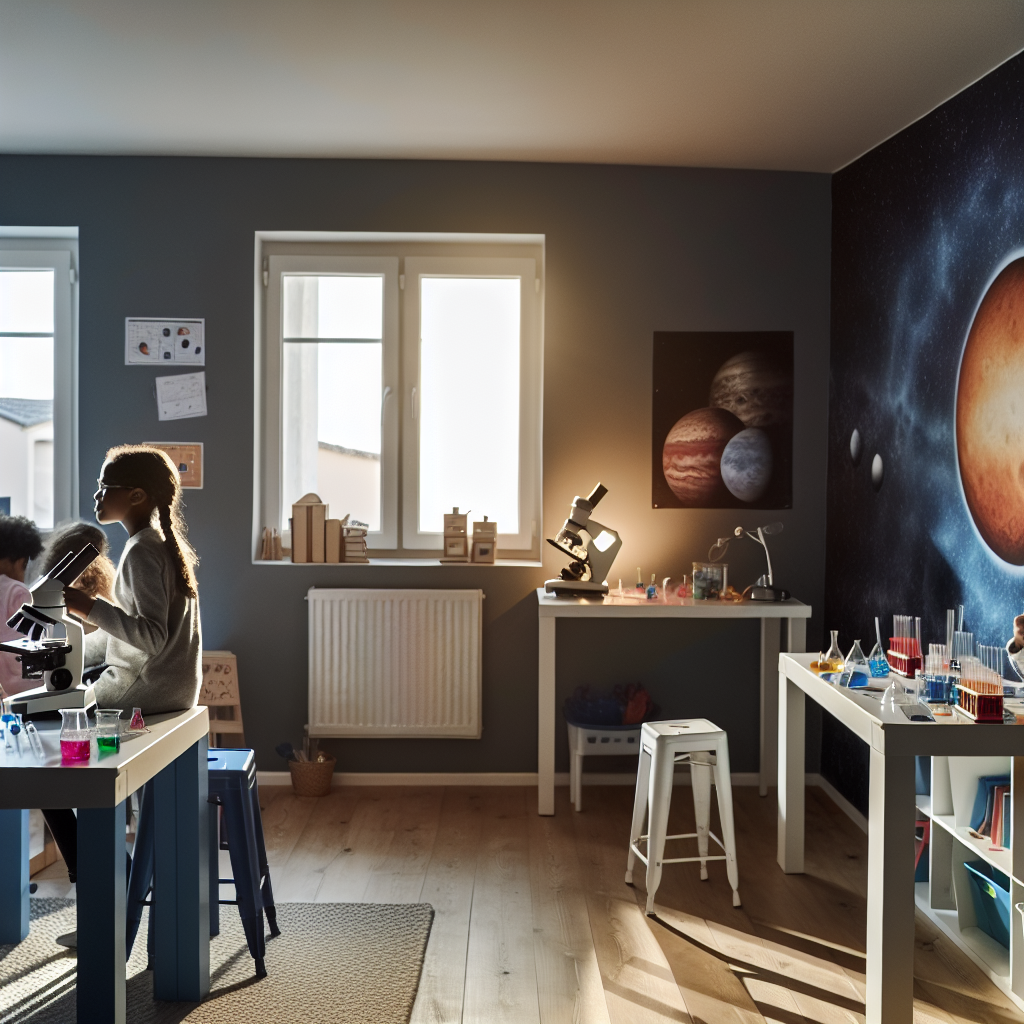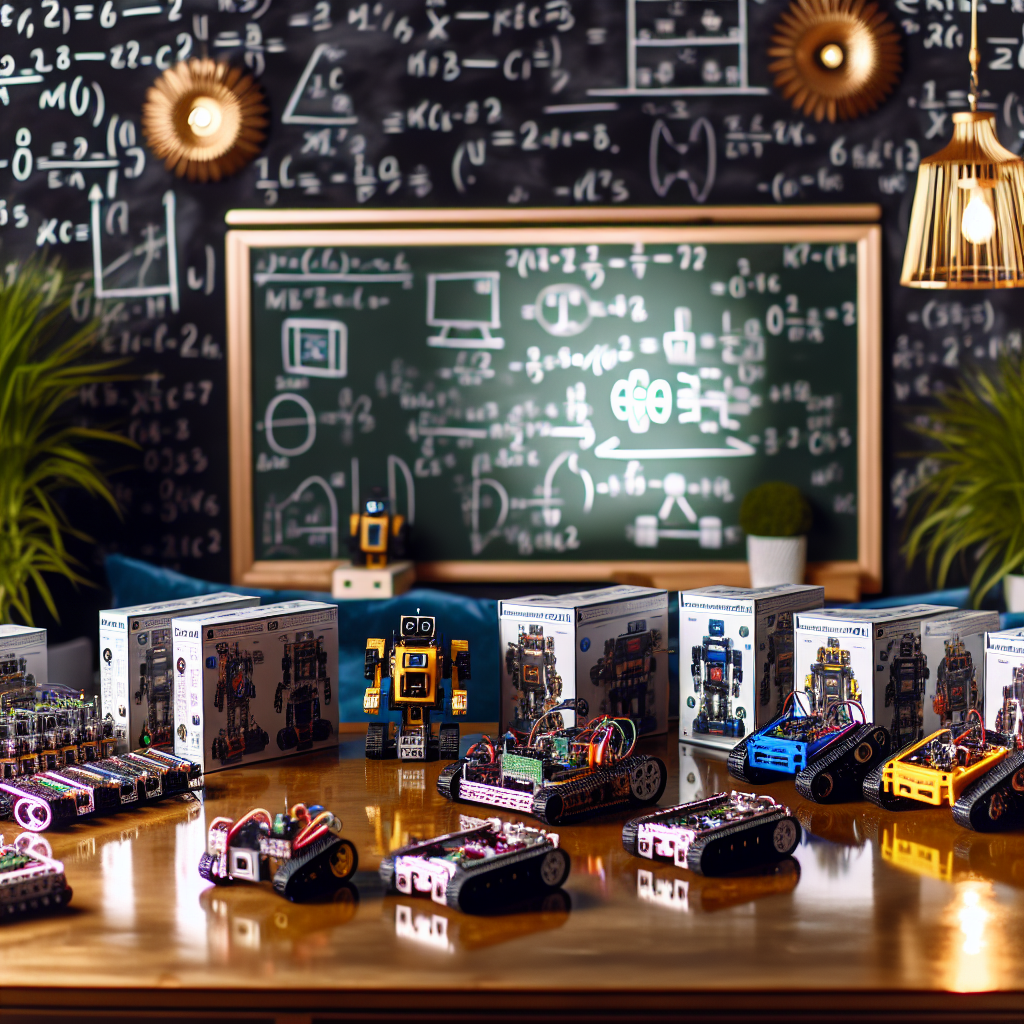Floating Nurseries: Inside the Design Revolution of Zero-Gravity Sleep Environments
Introduction: Where Luxury Meets Neuroscience in the Modern Nursery
When it comes to modern parenting, particularly within affluent households, the desire to engineer environments that support a child’s optimum health, development, and future well-being extends to every corner of a baby’s life—especially their sleep. Sleep is the foundation of early cognitive development, immune function, and emotional regulation, making it one of the most critical elements of infant care in the luxury parenting market.
Today’s discerning parents are looking far beyond soft swaddles and white-noise machines. They’re turning to innovative technologies grounded in science, safety, and serenity. Welcome to the world of the floating nursery—a cutting-edge approach to infant sleep that merges zero-gravity design principles with aerospace-inspired ergonomics and pediatric neurodevelopmental recommendations.
No longer reserved for astronaut simulations or sci-fi films, the term “zero-gravity” now defines a trending movement in parenting that promotes weightless-style sleep environments. These systems mimic how a body floats in space—gently reclined with knees and hips slightly bent—allowing pressure-free sleep that benefits baby’s spinal development, circulation, and comfort.
Luxury nursery brands like SNOO, AeroSleep, and NiuBody are pioneering this frontier by fusing advanced materials, smart-cradling systems, and biometric feedback technology. Many cradles designed for high-end homes now include motion sensors, climate control systems, and soundscapes that mimic the soothing sensation of the womb.
These are more than just stylish gadgets—floating sleep environments are backed by scientific evidence suggesting they can resolve common infant sleep challenges while promoting safety and restorative rest. In this article, we dive into the science behind zero-gravity sleep, highlight the innovators leading the charge, and explore what floating nurseries mean for the future of infant wellness.
The Science Behind Zero-Gravity Sleep: Why Babies Sleep Better When They Float
The zero-gravity sleeping position, discovered through NASA’s biometric studies on astronauts, places the body in a natural posture where there’s minimal stress on joints and the spine. Known as the “neutral body posture,” this position is replicated in zero-gravity recliners and high-performance support systems across various sectors, including orthopedic care and senior wellness.
For infants—whose nervous and musculoskeletal systems are still developing—the benefits are even more profound. According to a study in the Journal of Pediatric Orthopaedics, newborns in poorly designed sleeping environments may experience uneven weight distribution, contributing to discomfort, disturbed sleep, and developmental asymmetry.
Zero-gravity bassinets provide optimal alignment of the spine, neck, and pelvis. These specially designed cribs emulate weightlessness through ergonomically curved padding and dynamic suspension systems that evenly distribute body pressure. This not only ensures deeper rest but also reduces the risk of flat head syndrome, or plagiocephaly.
Pediatric neurologist Dr. Claire Rowe of the Children’s Sleep Institute notes that babies sleeping in semi-suspended or weight-neutral positions consistently display:
- Less frequent startle reflex (Moro response)
- Improved circulation and steady respiration
- More consistent body temperature regulation
- Lower rates of positional skull flattening
Additionally, floating cradles offer one of the few sleep solutions for infants suffering from acid reflux. Research published in the International Journal of Pediatric Gastroenterology revealed that infants held at gentle inclines with ergonomic lumbar support experienced noticeably fewer reflux episodes without compromising airway safety.
Modern floating sleep systems are also incorporating AI monitoring and machine learning algorithms. These features use biometric data—like pulse rate, breathing rhythm, and crying cues—to adjust cradle movement, temperature, or sound patterns in real-time. By blending neuroscience and responsive design, these nurseries deliver not only enhanced comfort for the infant but a significant sense of reassurance for parents.
Leading Innovators: Brands Elevating Sleep in Every Sense
The future of premium newborn care is being reimagined by brands that blend advanced pediatric research with sophisticated design and safety engineering. Here’s a look at the market leaders defining the floating nursery movement:
-
SNOO by Happiest Baby: Developed by Dr. Harvey Karp, SNOO combines white noise, swaddling, and rocking movements—all while maintaining a safe, back-only zero-gravity-inspired position. Its smart sensing technology responds to fussing with motion and sound tailored to soothe.
Explore SNOO Smart Sleeper -
AeroSleep: This European brand emphasizes breathability and safe airflow. Using advanced open-cell technology, AeroSleep mattresses ensure no pressure build-up while giving optimal spinal support.
Discover AeroSleep -
NiuBody Designs: With minimalist Scandinavian styling and intelligent layering materials, NiuBody integrates soft sensors and gradient support foam to distribute pressure while adapting to baby movement.
Visit NiuBody -
GravityNest: Crafted in collaboration with pediatric clinicians, GravityNest utilizes dynamic suspension systems that simulate orbital float, ensuring baby is safely yet softly cradled in a vertical-neutral micro-environment.
Learn More About GravityNest -
Lullé Airfloat: Ideal for highly sensitive newborns, especially preemies, Lullé uses an air-based lift and AI balance to create silent, adaptable motion that mimics in-utero floating conditions.
Explore Lullé Airfloat
The Future of Infant Sleep: Elevated by Innovation
The rise of floating nurseries points to a broader movement: where innovation meets infant wellness. Parents are no longer content with tradition; they want proven, science-driven solutions that align with both physical development and emotional comfort for their child.
By replicating conditions akin to weightlessness, these zero-gravity systems offer infants reduced skeletal strain, fewer nighttime disruptions, and a broader range of sensory security. Add smart technology, and you have a nursery that not only nurtures sleep—but documents it, interprets it, and adjusts accordingly. It’s ultra-modern parenting wrapped in empathy and engineering.
As advancements in pediatric neuroscience and ergonomics continue to converge with elegant product design, floating nursery technology will likely shift from a trend to a norm in high-end child care. There’s no doubt: the future of sleep in luxury homes is light, breathable, supported—and afloat.
References
- NASA Human Systems Integration Division
- Journal of Pediatric Orthopaedics
- Children’s Sleep Institute
- International Journal of Pediatric Gastroenterology
- GravityNest
- Lullé Airfloat
- SNOO Smart Sleeper
- AeroSleep Baby Mattress Technology
- NiuBody Designs

Dominic E. is a passionate filmmaker navigating the exciting intersection of art and science. By day, he delves into the complexities of the human body as a full-time medical writer, meticulously translating intricate medical concepts into accessible and engaging narratives. By night, he explores the boundless realm of cinematic storytelling, crafting narratives that evoke emotion and challenge perspectives. Film Student and Full-time Medical Writer for ContentVendor.com




